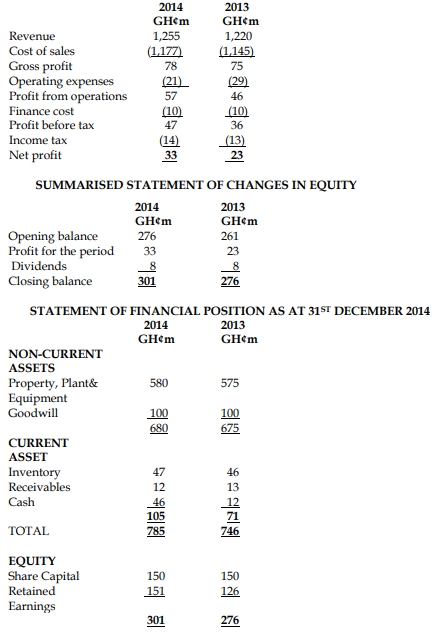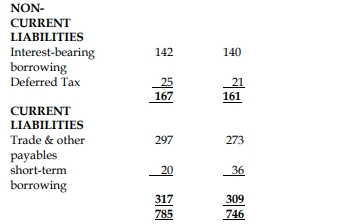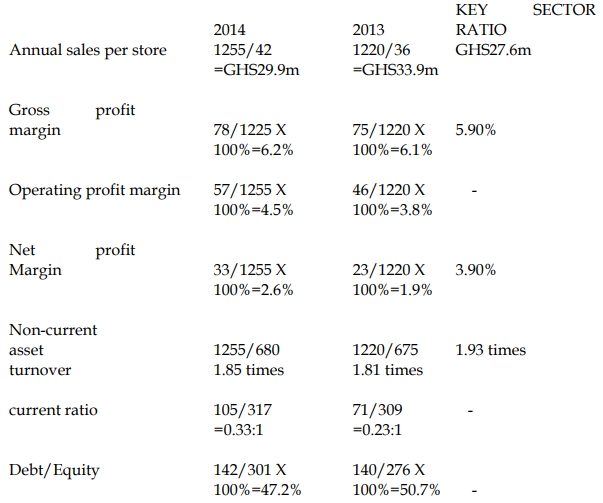- 5 Marks
Question
Evaluate with examples, the significance of each of the following to an analyst seeking to estimate the effect on future cash flows or liquidity of a company:
i) a commitment and a contingent liability. (2 marks)
ii) income in advance and a deposit (1.5 marks)
iii) an accrual and a provision (1.5 marks)
Answer
b) i) Commitment and contingent liability
A commitment to undertake a transaction should be backed by whether it is probable that future economic benefits will flow to/from the entity or that there is a virtual certainty of inflow/outflow of resources. Commitment usually have significant effect on the future cash flows or liquidity of an entity. For examine, if a bank issues a guarantee to its customers to purchase supplies, the bank must clearly understand that this can lead to liability which may require a provision to be made since it can affect the bank’s future cash flows.
A contingent liability does not have an immediate effect on the future cash flows of an entity unless there is certainty of an obligating event. A contingent liability such as a compensation that may be paid to a customer pending a legal suit for a suspected defective product should be disclosed unless the possible outflow of resources to meet the liability is remote. If the outflow of resources is thought to be remote, no disclosure is required. If is it probable that there is an obligating event which will lead to settlement of liability, then a provision should be made for the contingent liability.
ii) Income in advance and a deposit
Income in advance emanates from contractual agreements to provide goods and services at a future date. Income in advance and deposits received have effect on future cash flows because they are recognized as liabilities until the anticipated service is rendered/goods supplied. Deposits results in inflow of resources to the entity but income in advance do not necessarily lead to cash flows.
iii) Accruals and provisions
Accruals are current obligations of an entity that will result in outflow of economic benefits when the obligation is settled. Accruals therefore have significant effect on future cash flows or liquidity of an entity. Increases in accruals may lead to inflows of cash in the short term by freeing up available funds but eventually this will lead to outflow of cash to settle the increased accruals.
A provision is a liability of an uncertainty amount and timing. A provision is treated as a liability provided it can be measured reliably and it will lead to an outflow of economic benefits. Provisions do not affect the future cash flows of an entity unless an obligating event is triggered.
- Topic: Analysis and Interpretation of Financial Statements
- Series: MAY 2016
- Uploader: Theophilus



